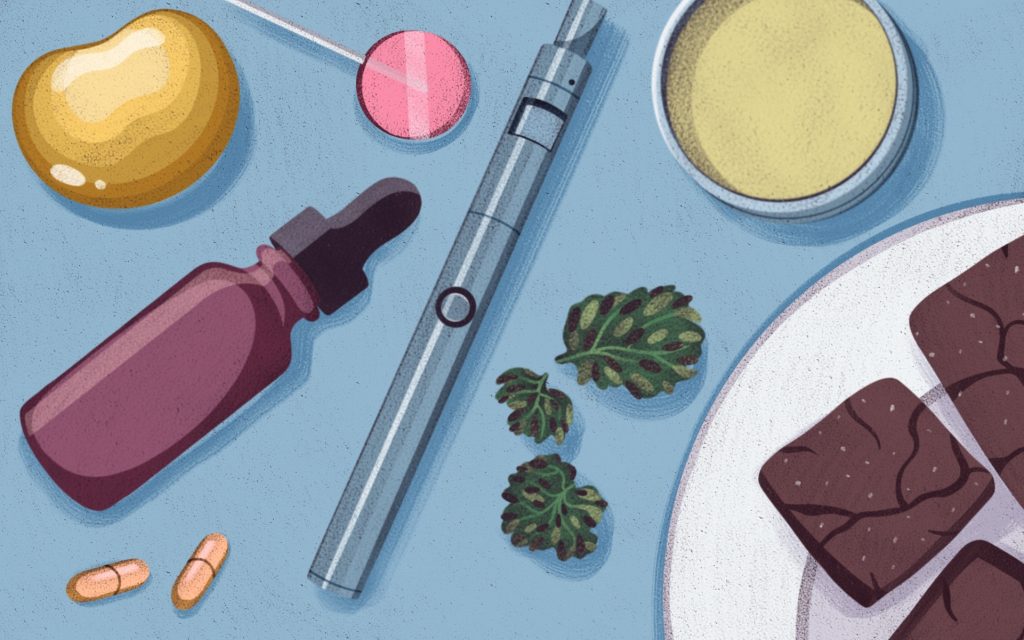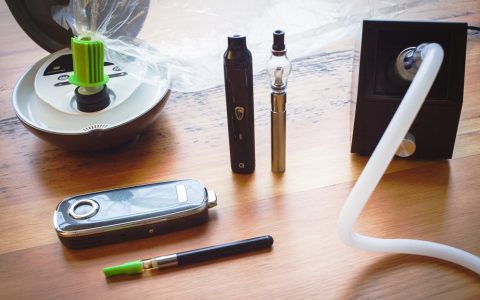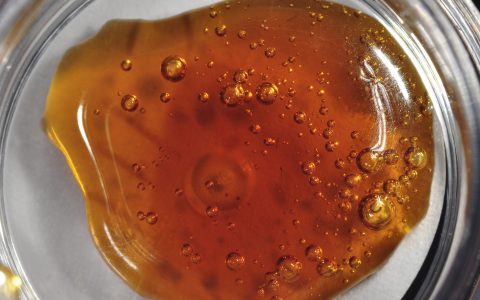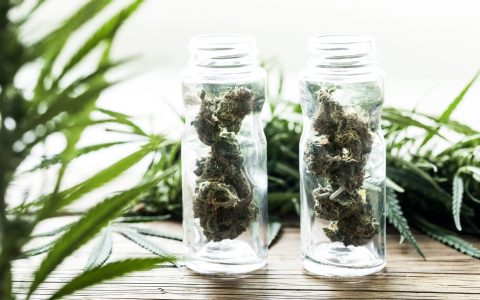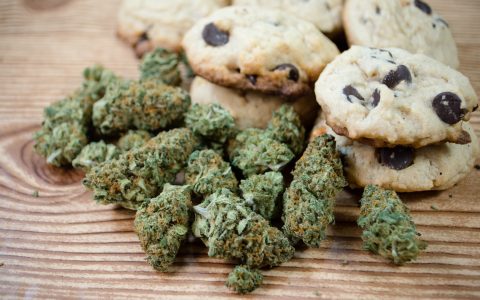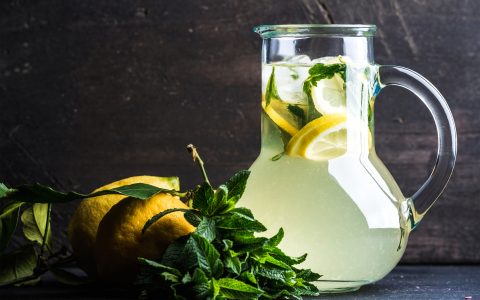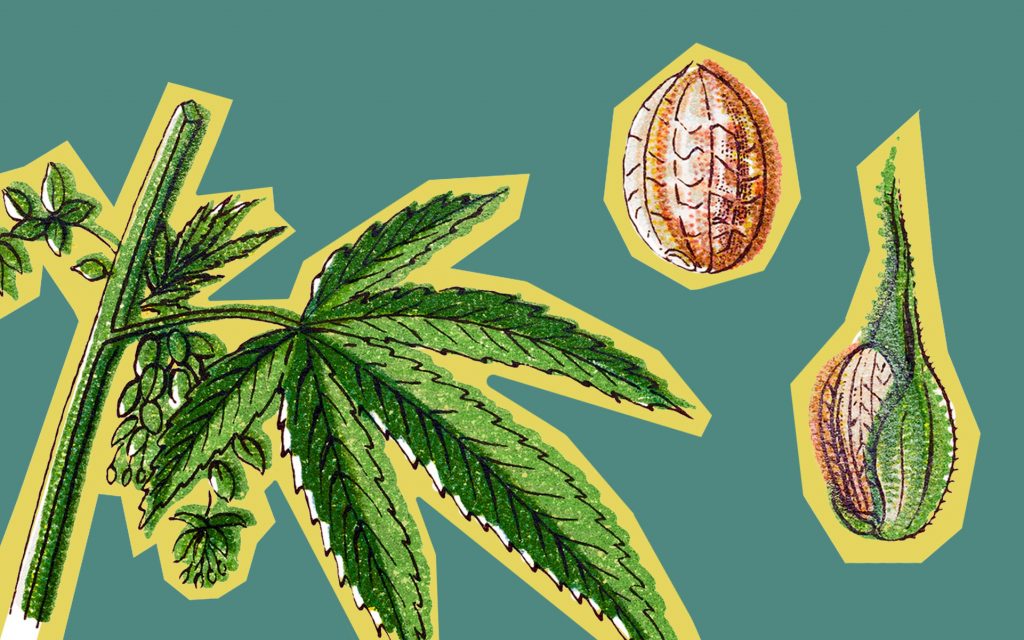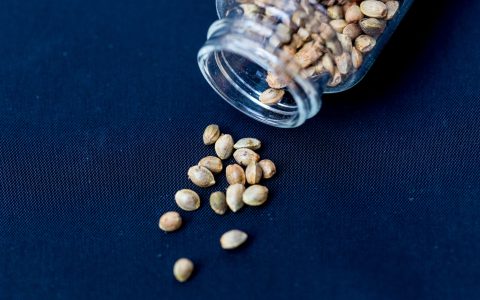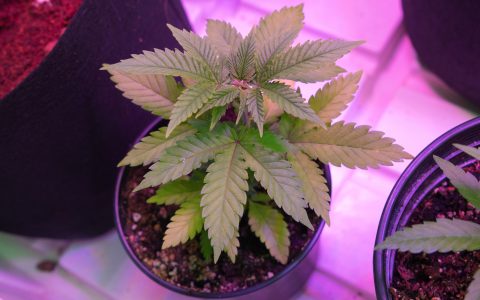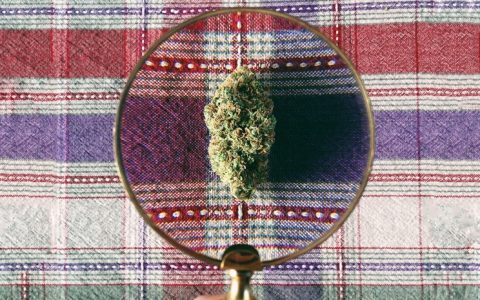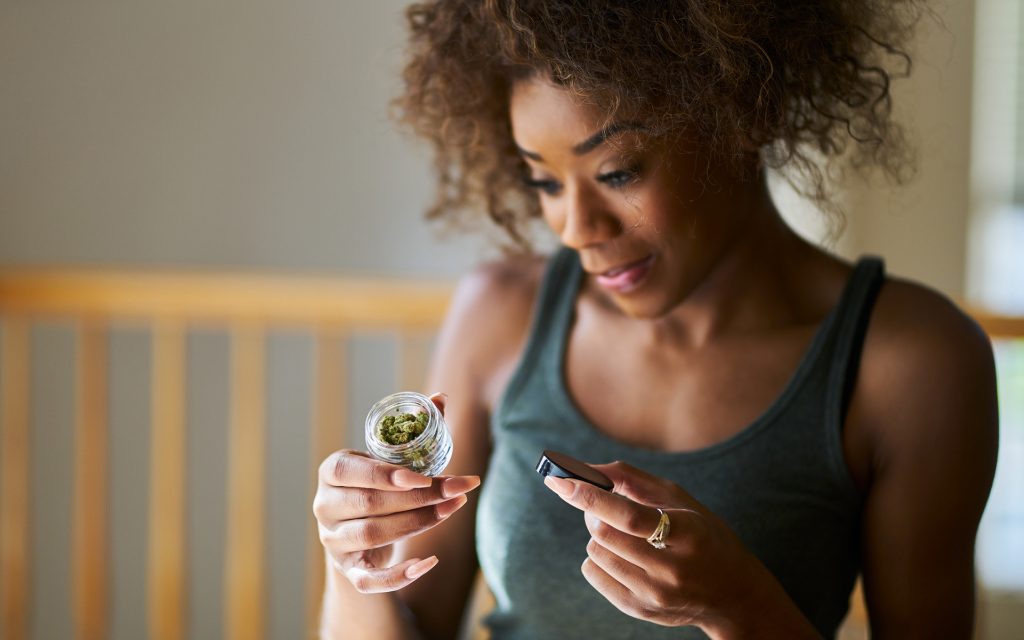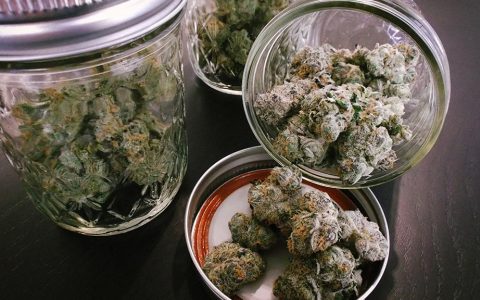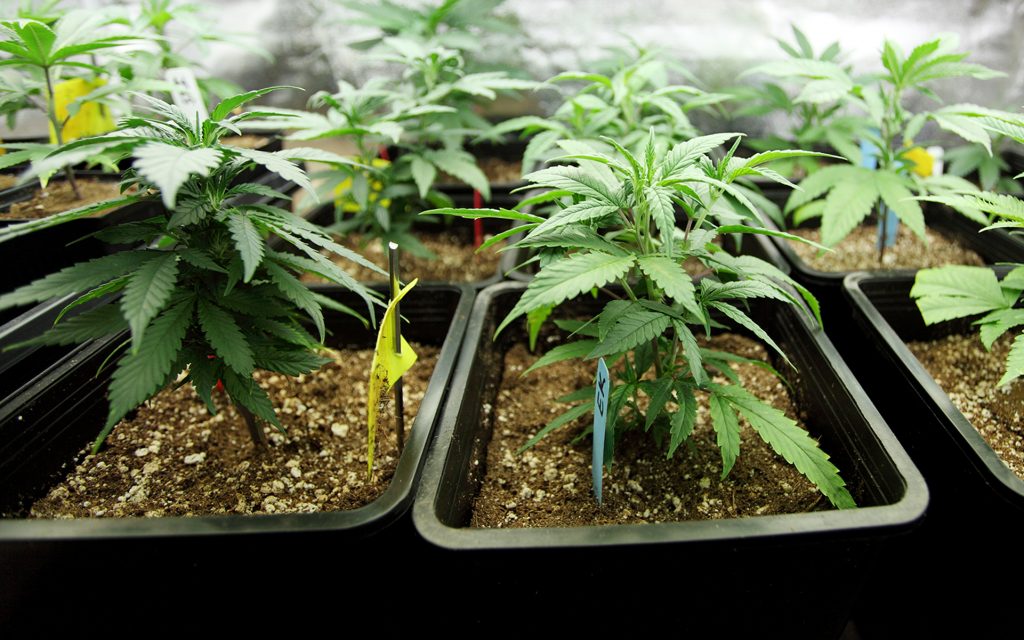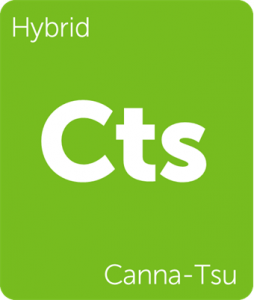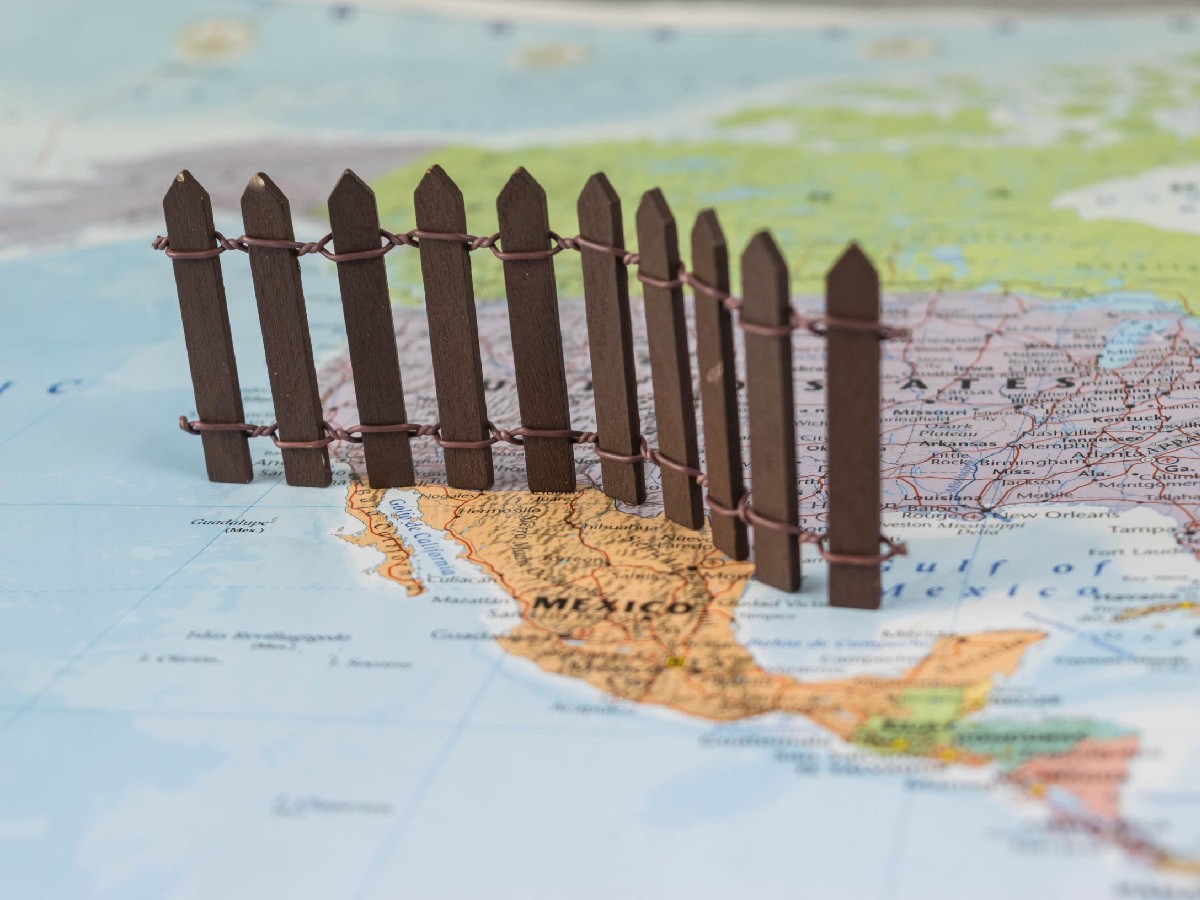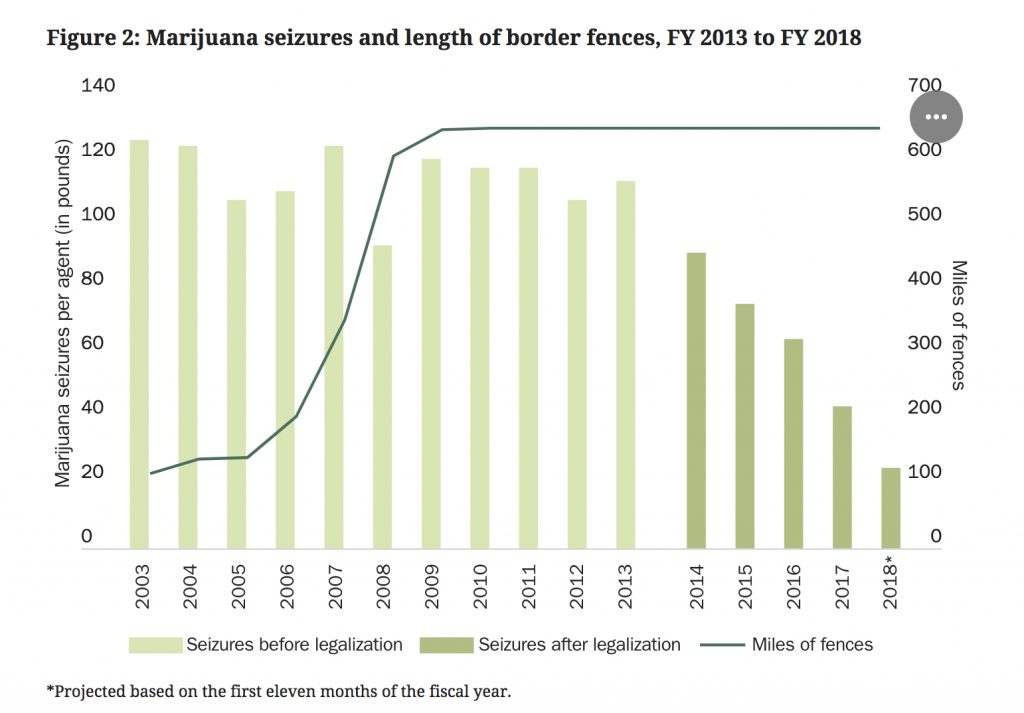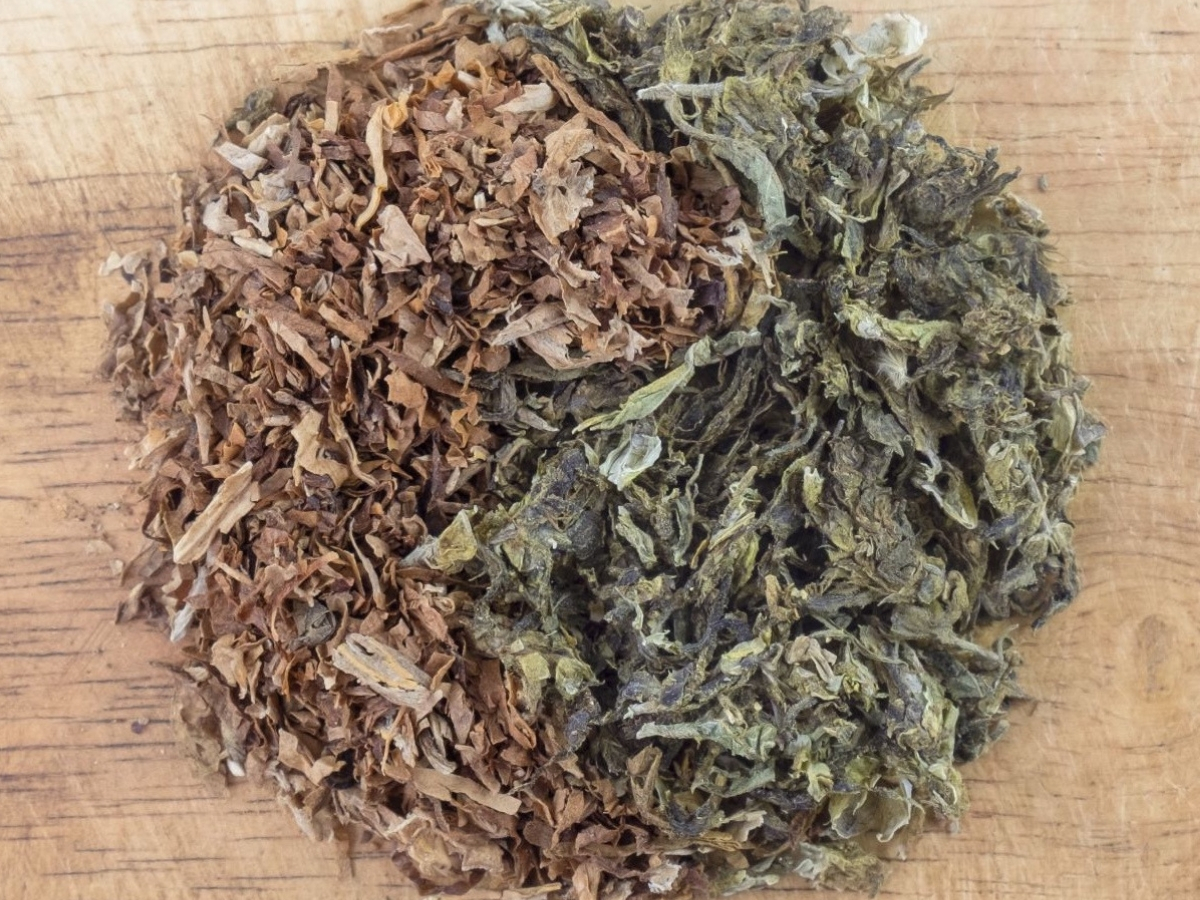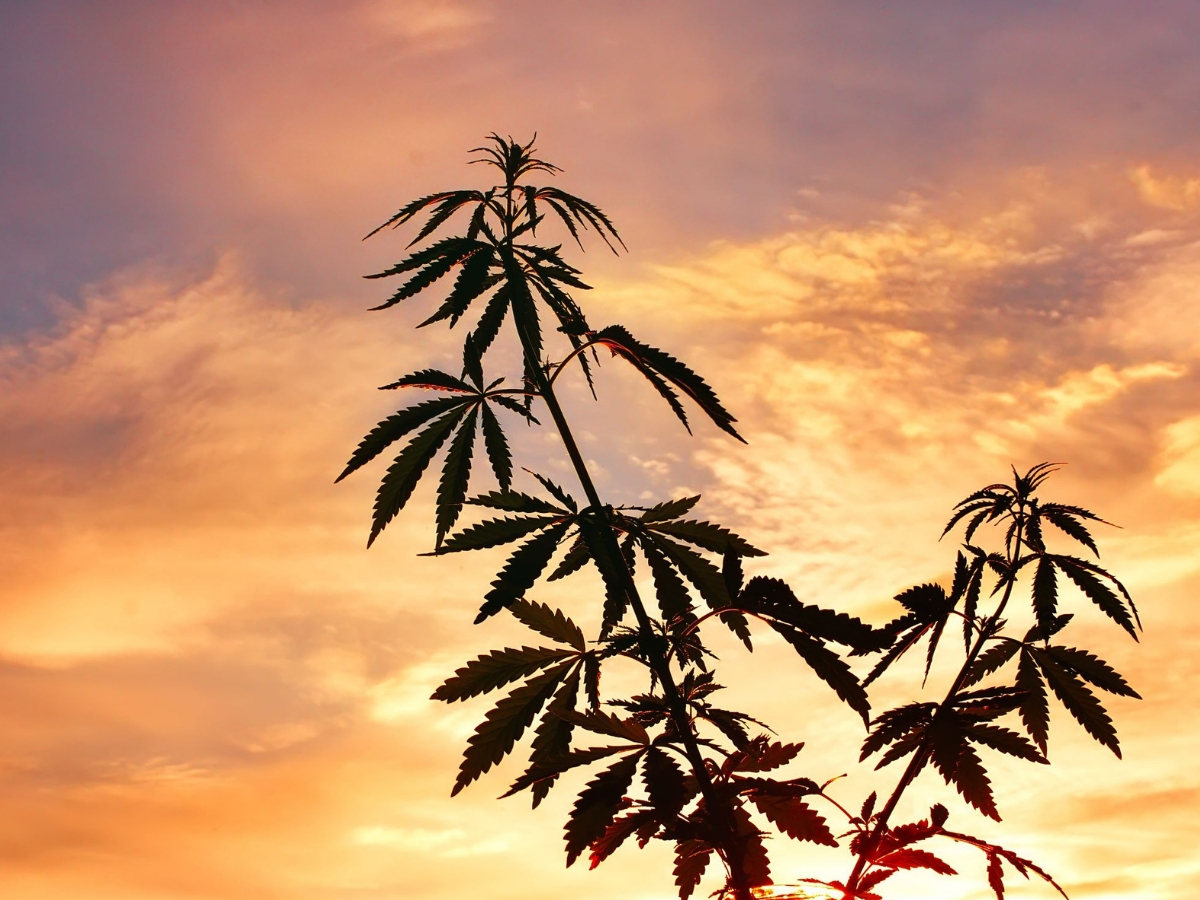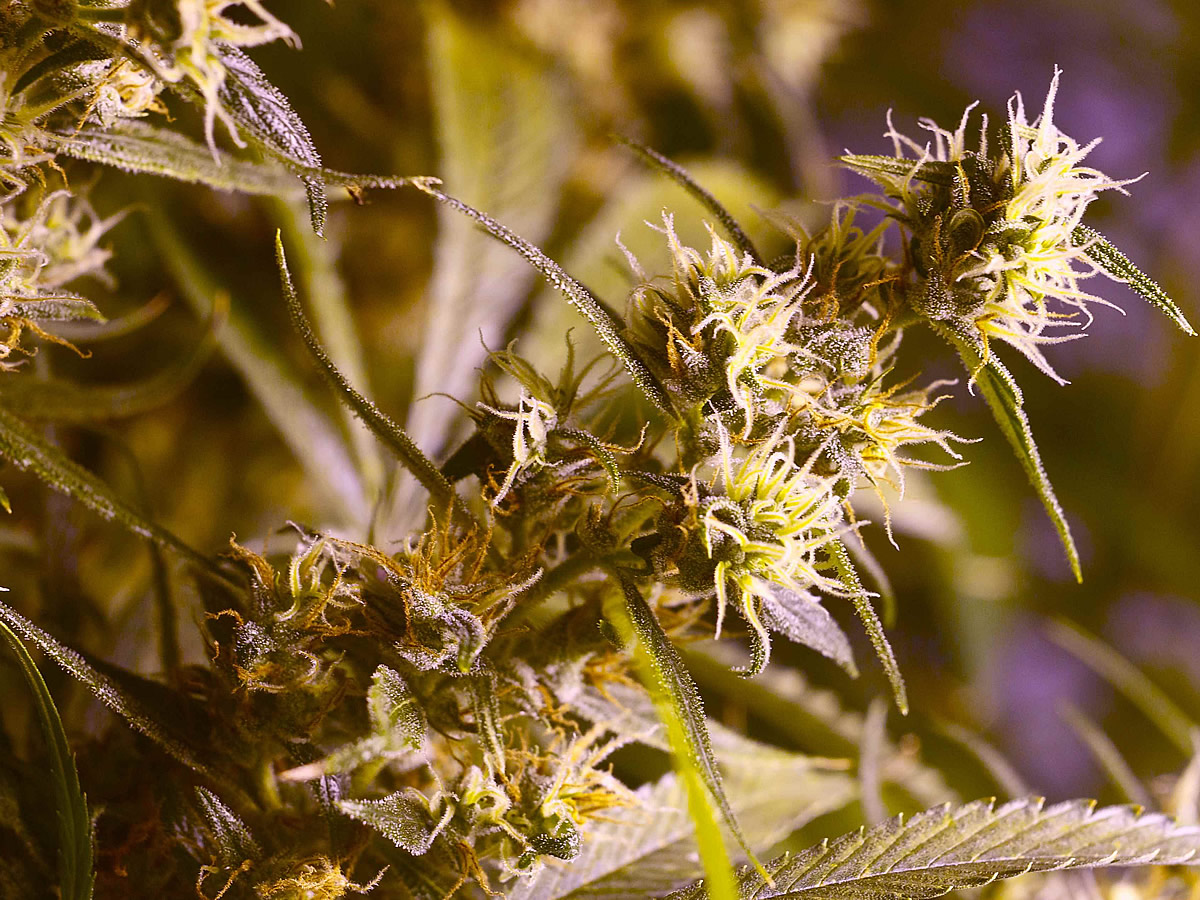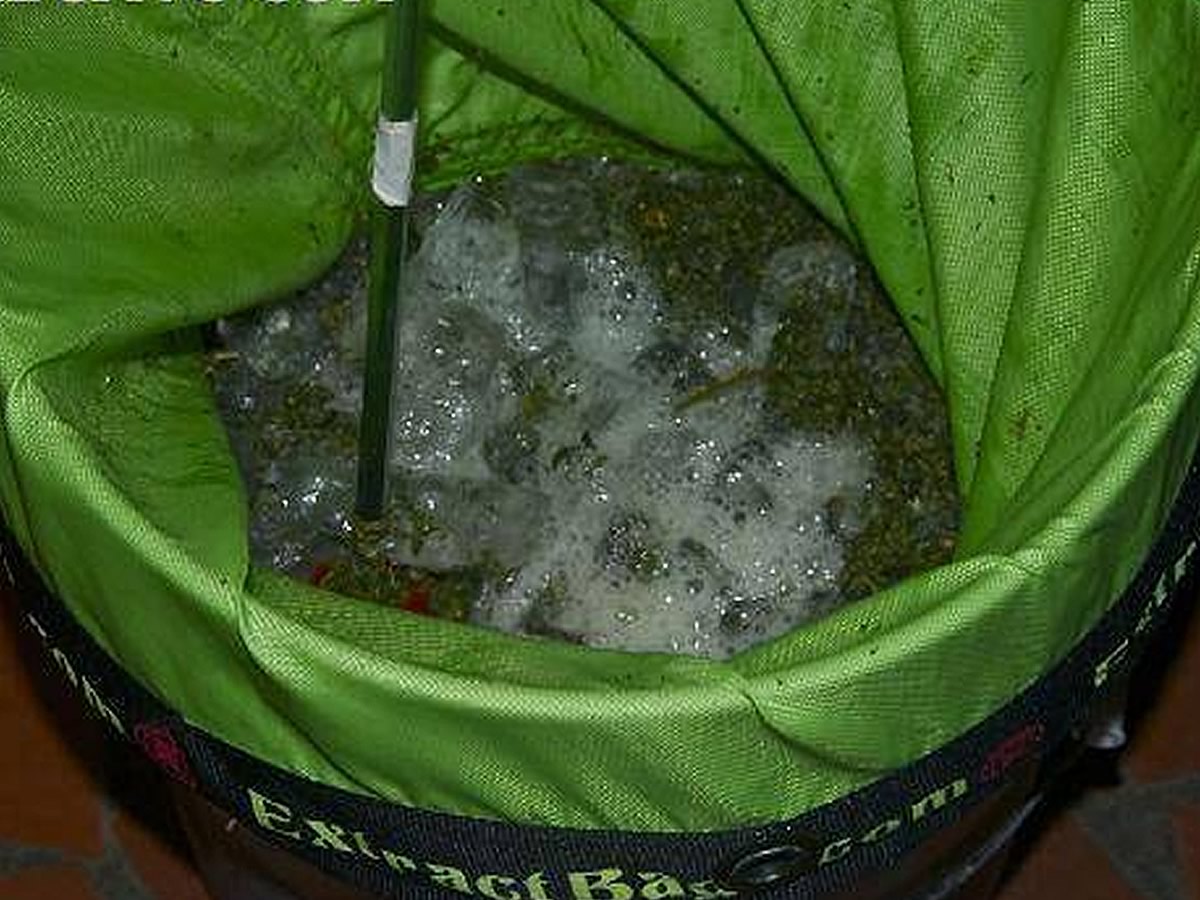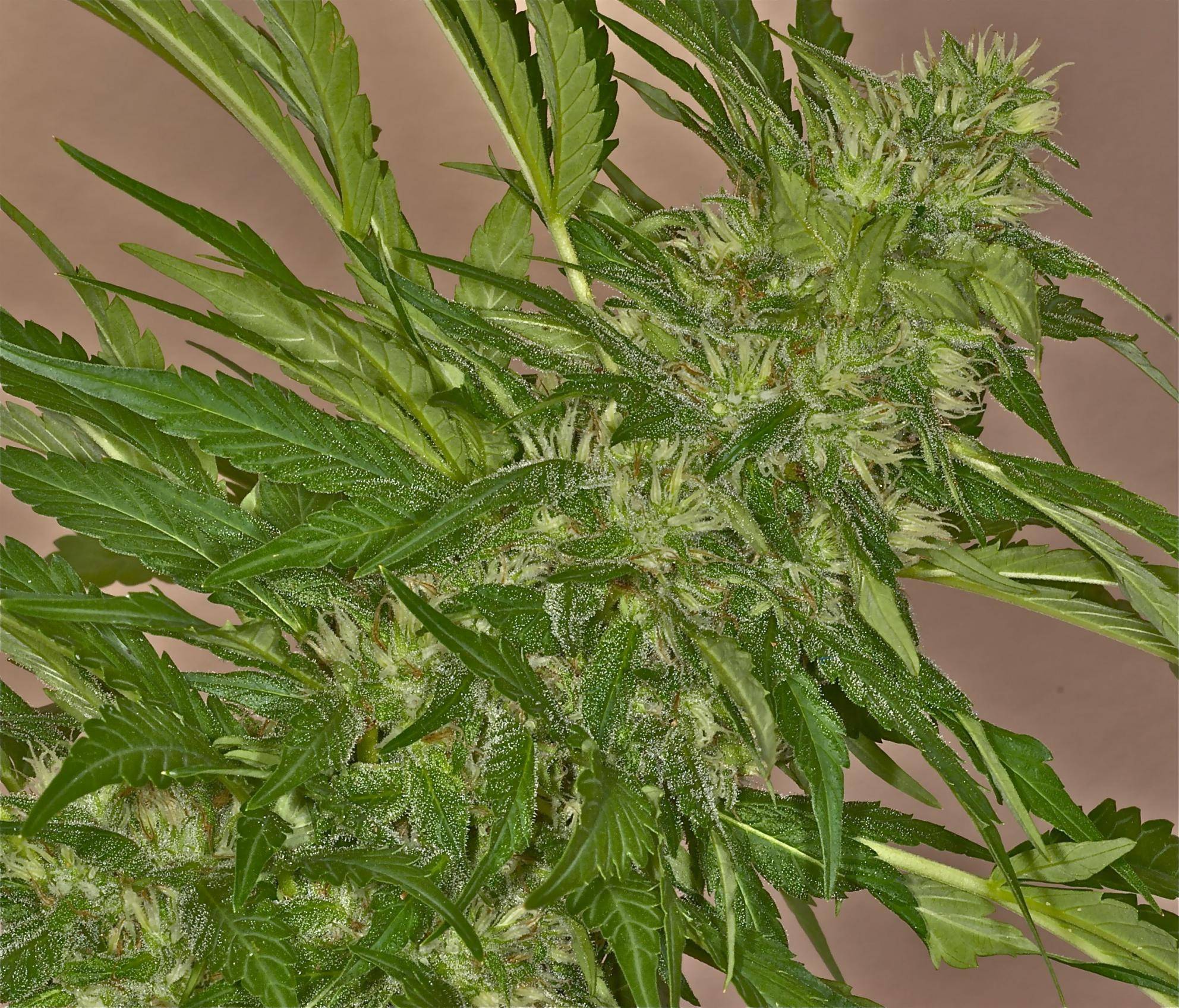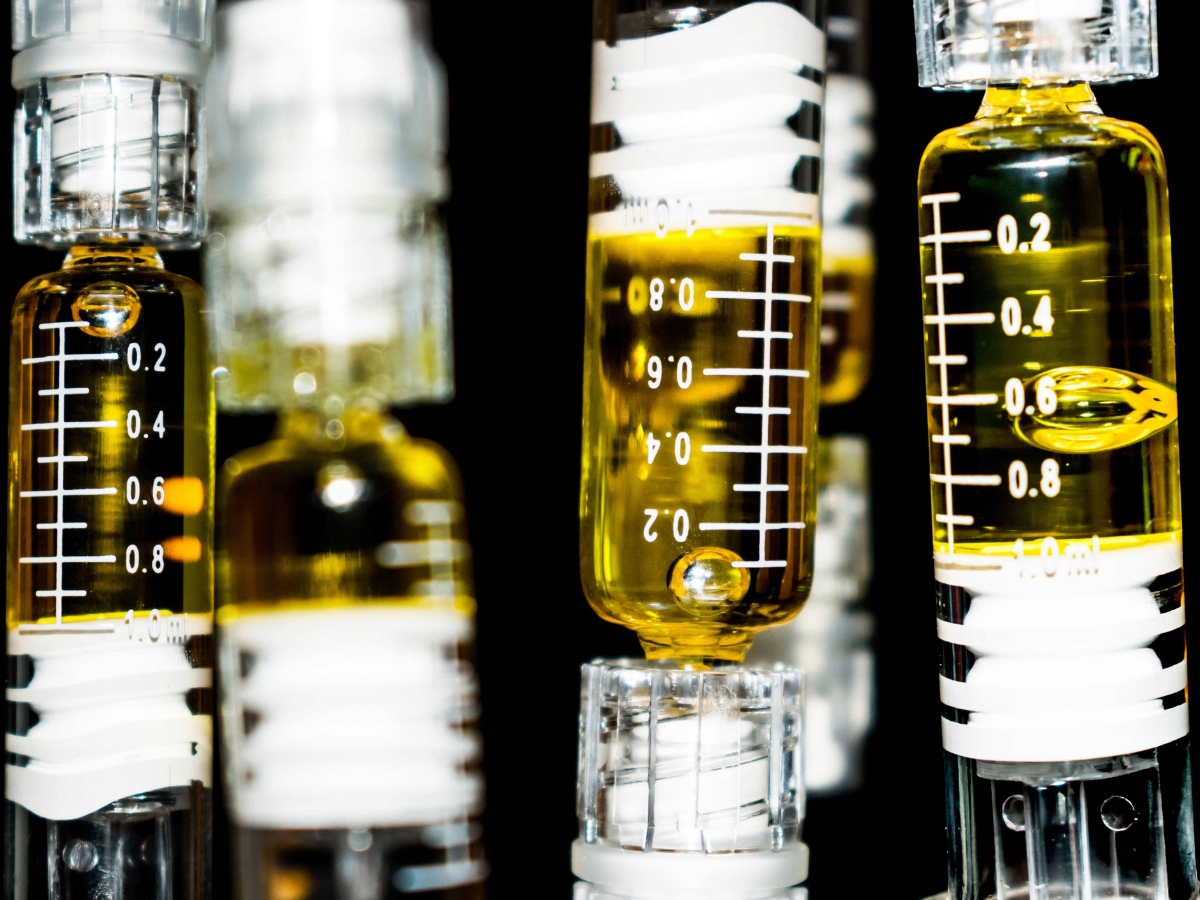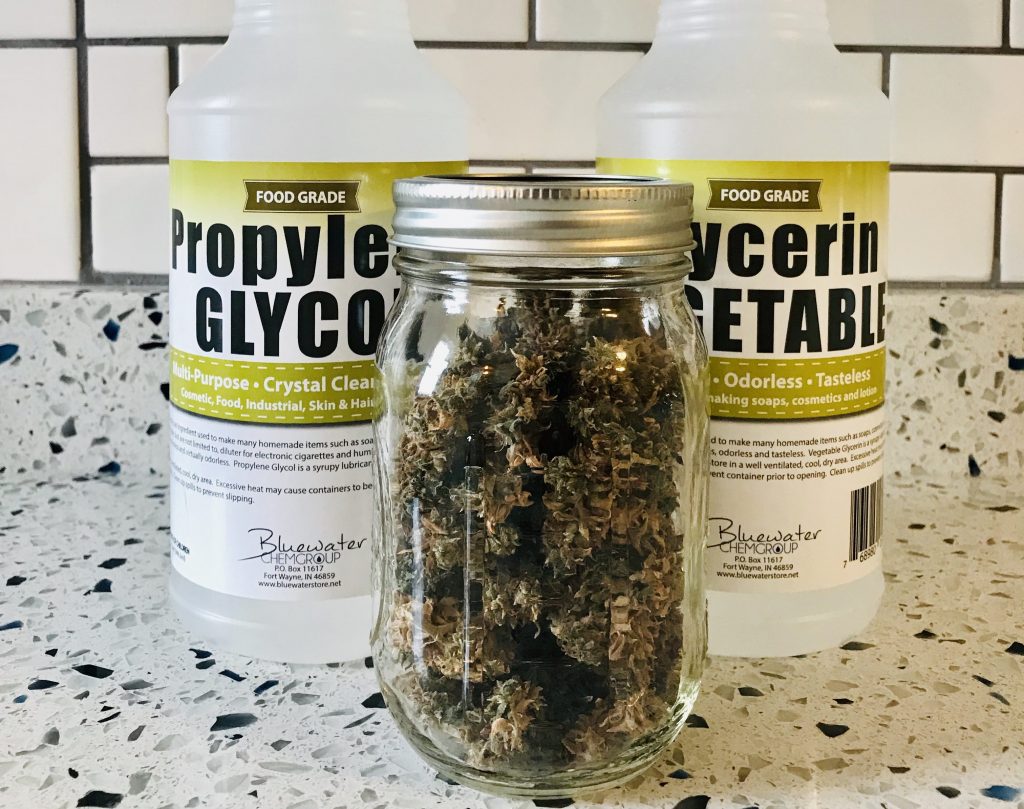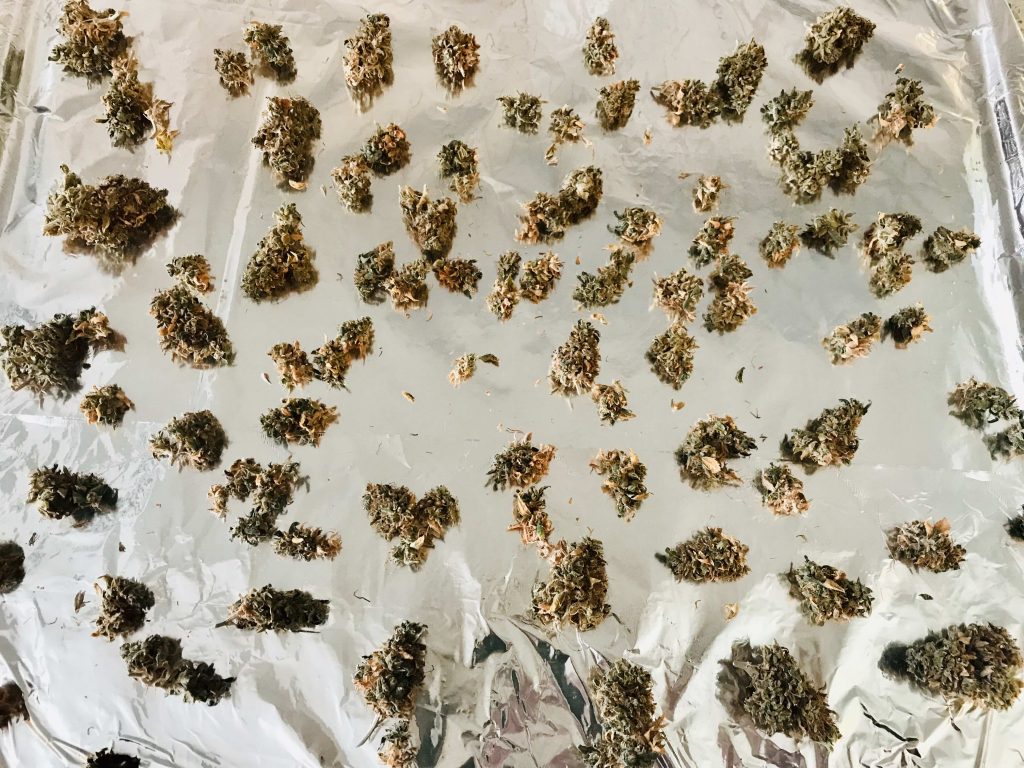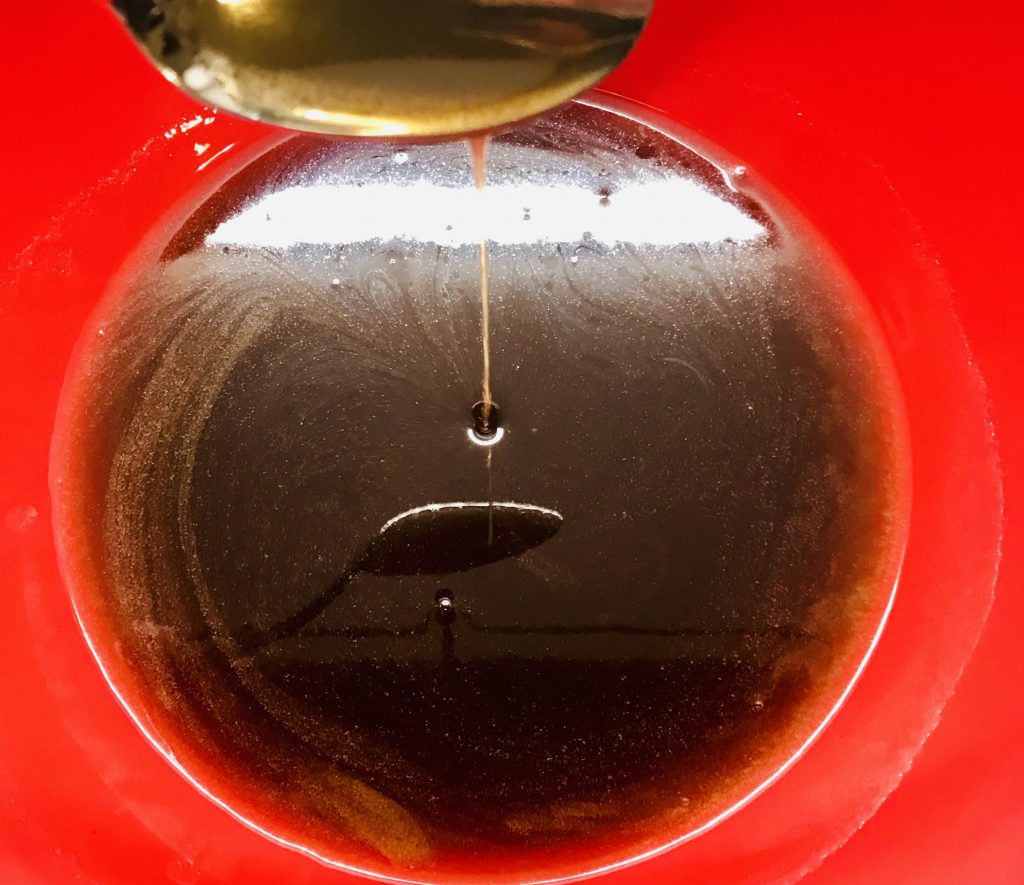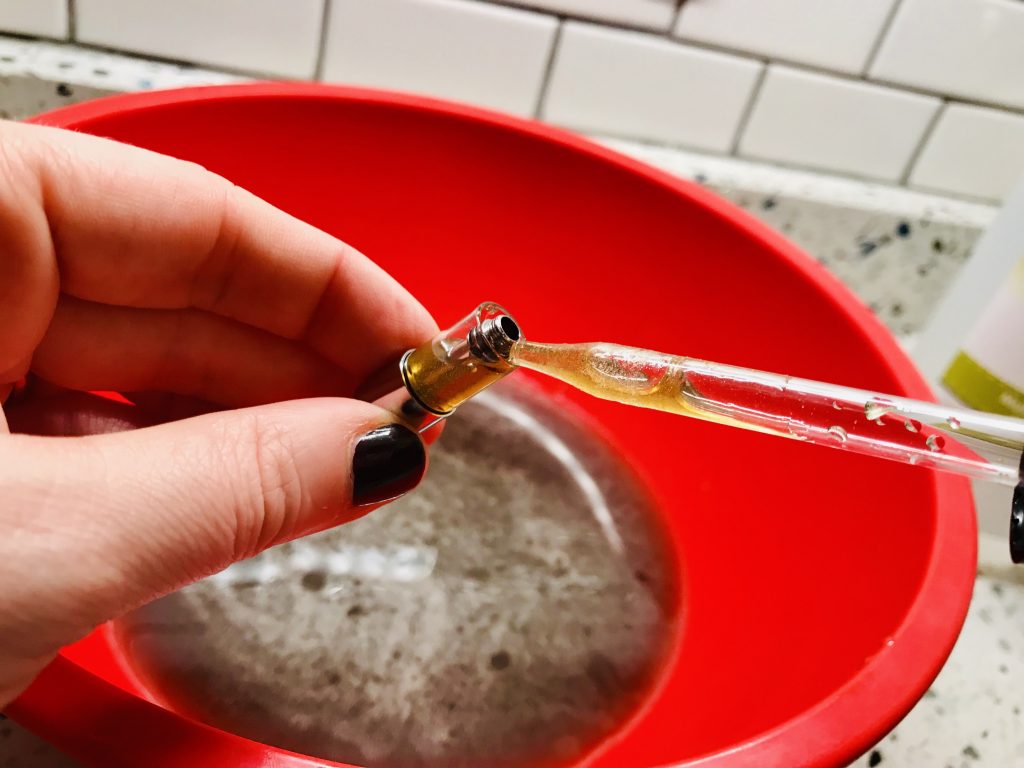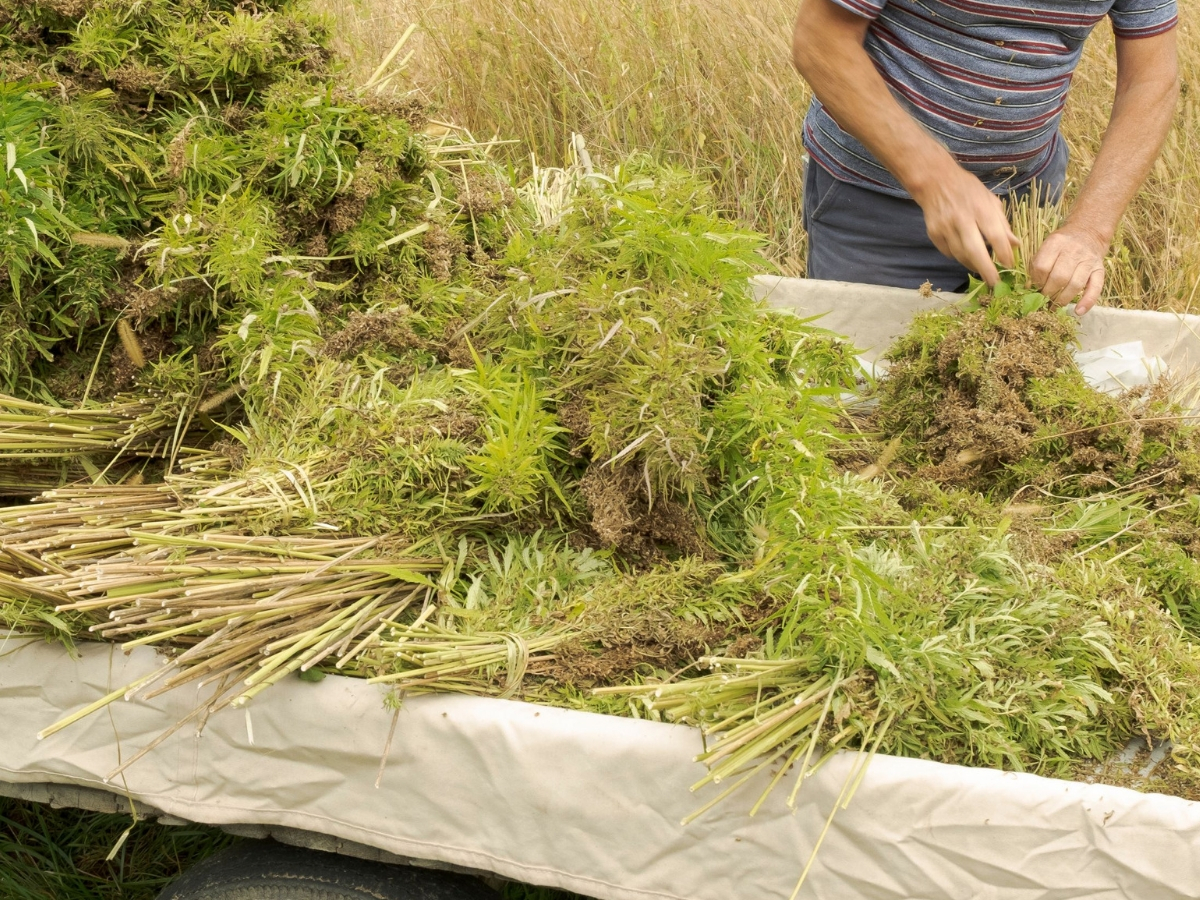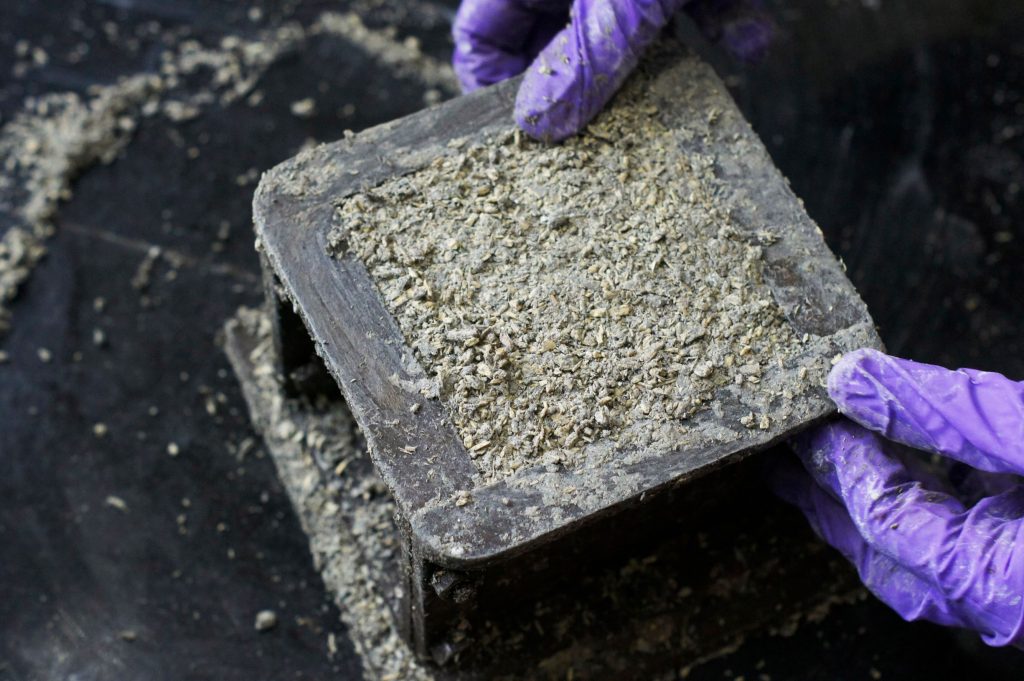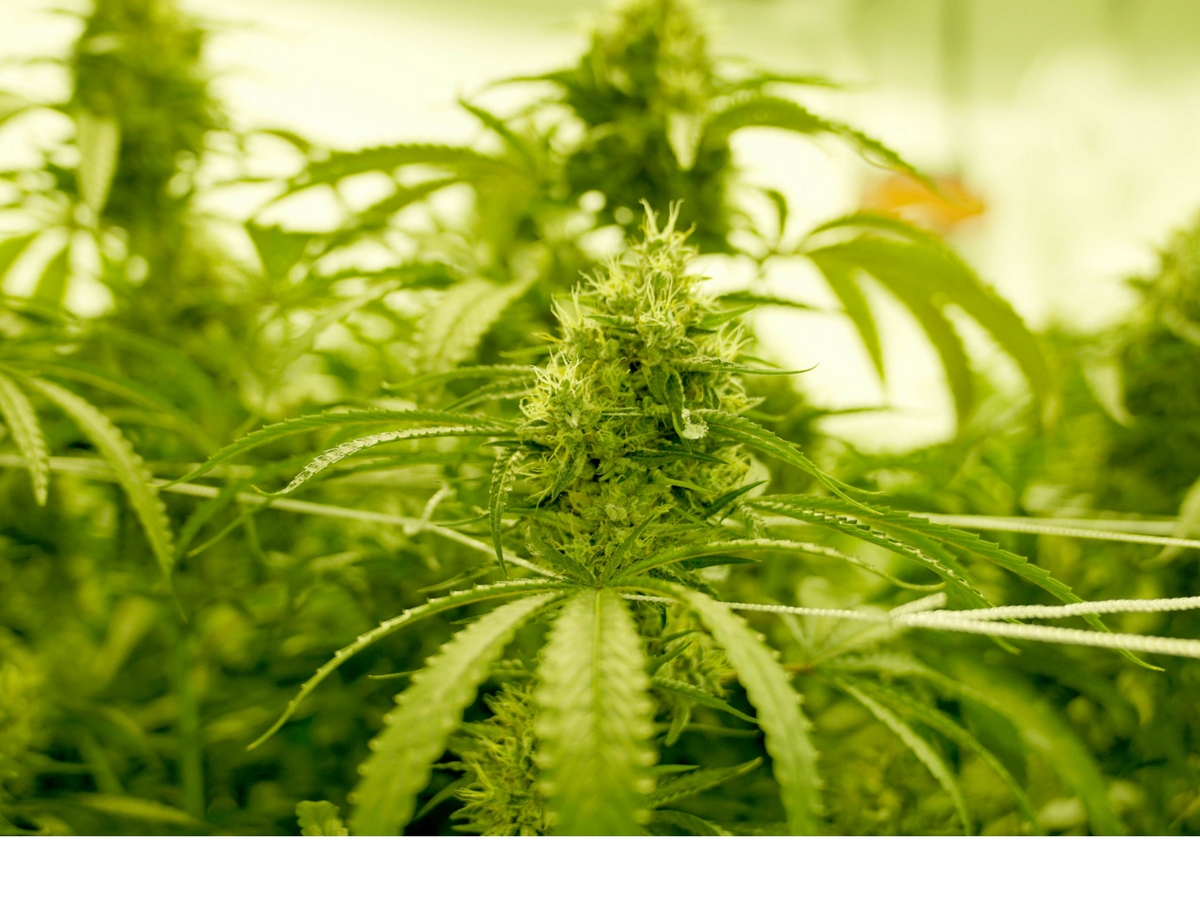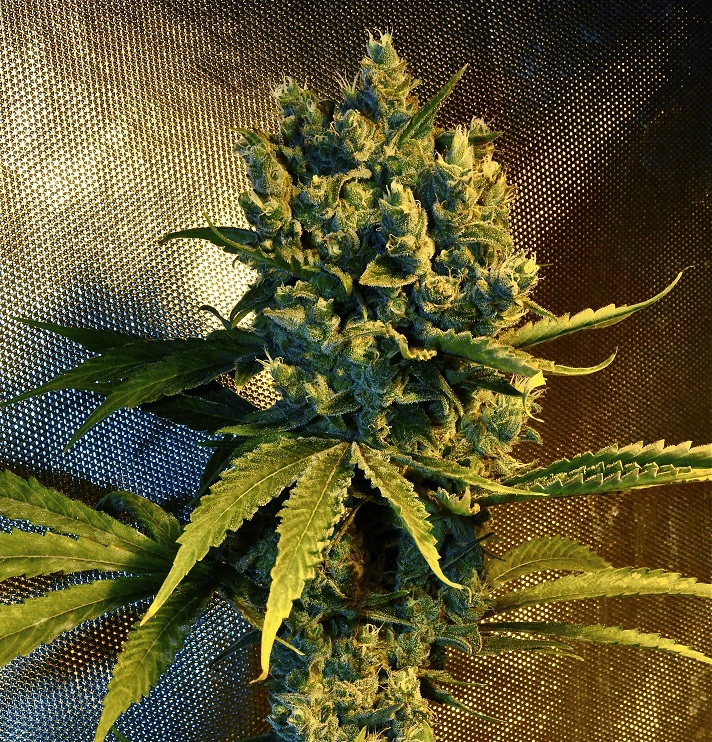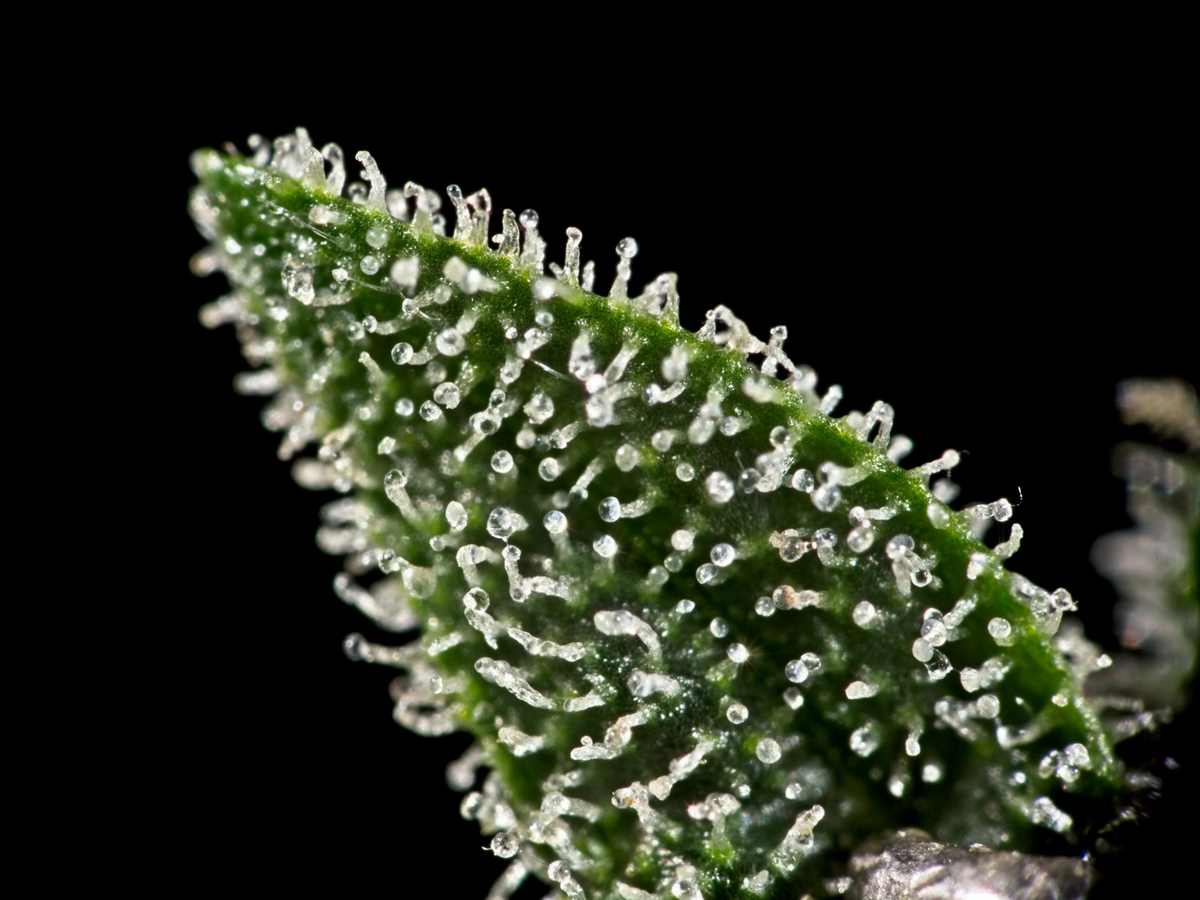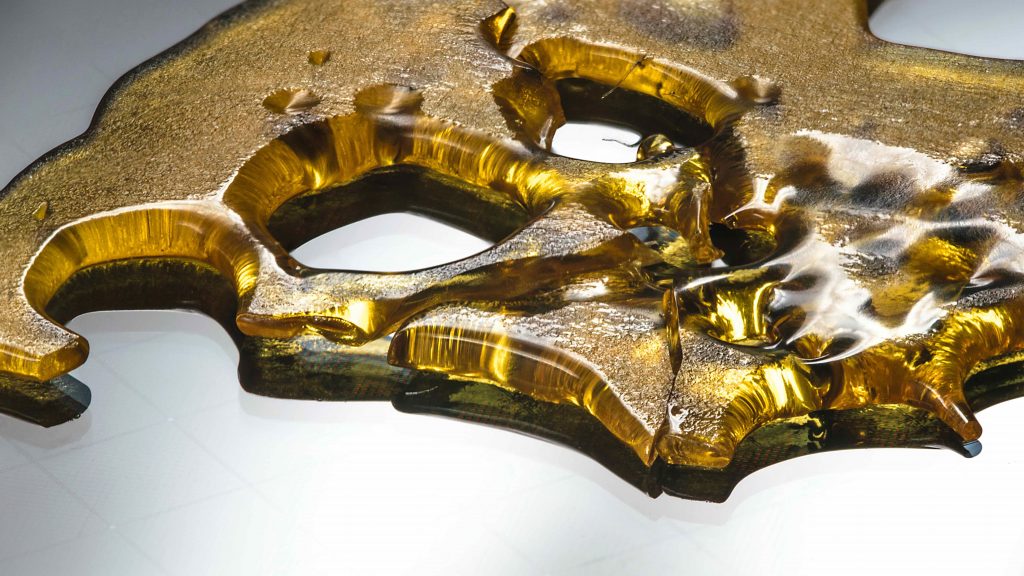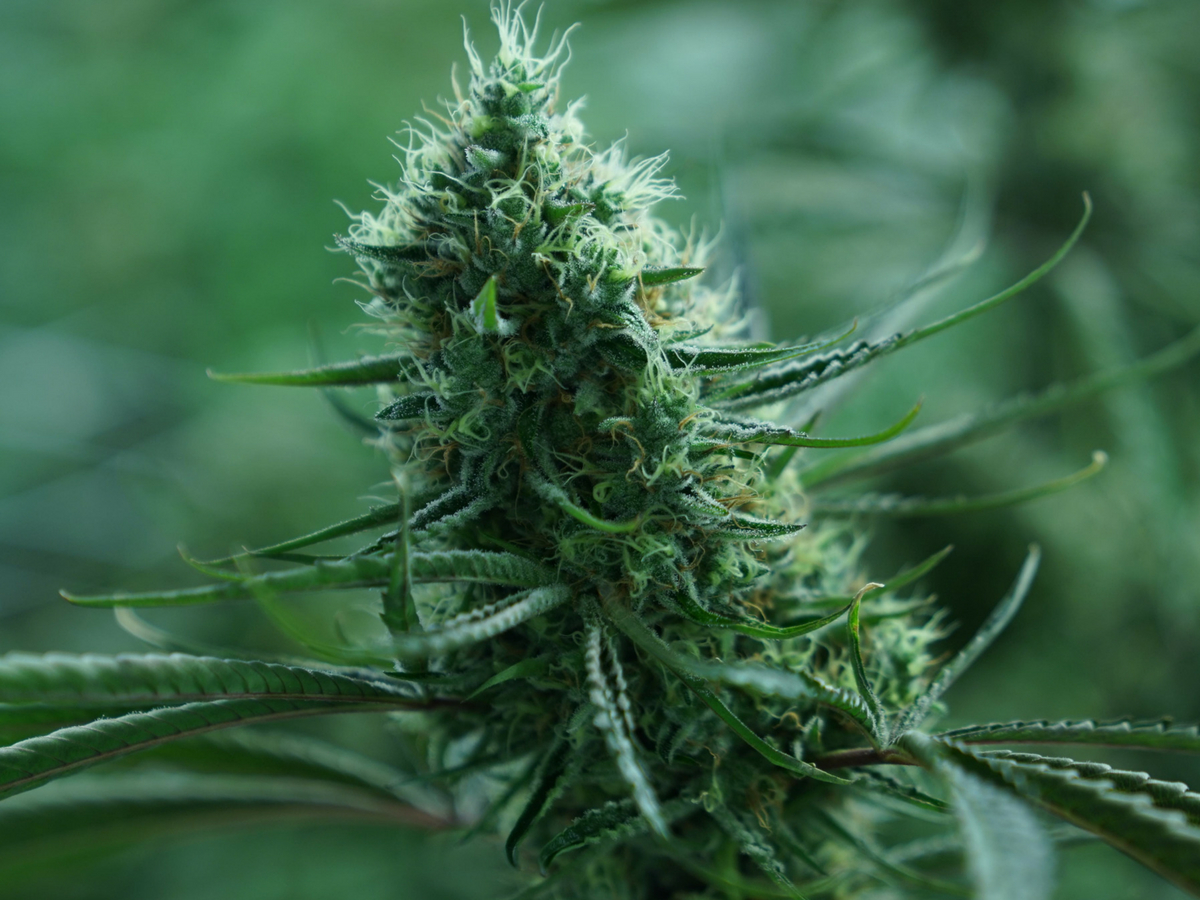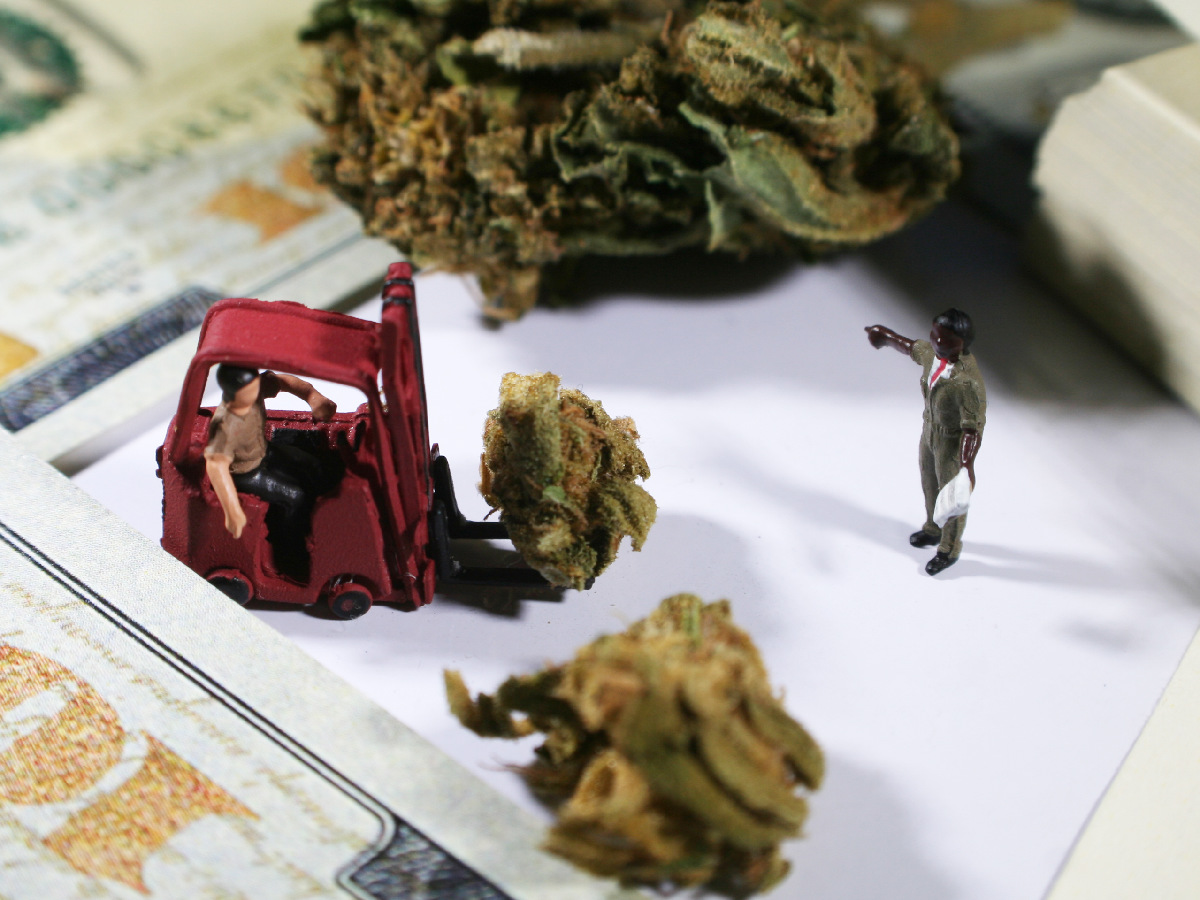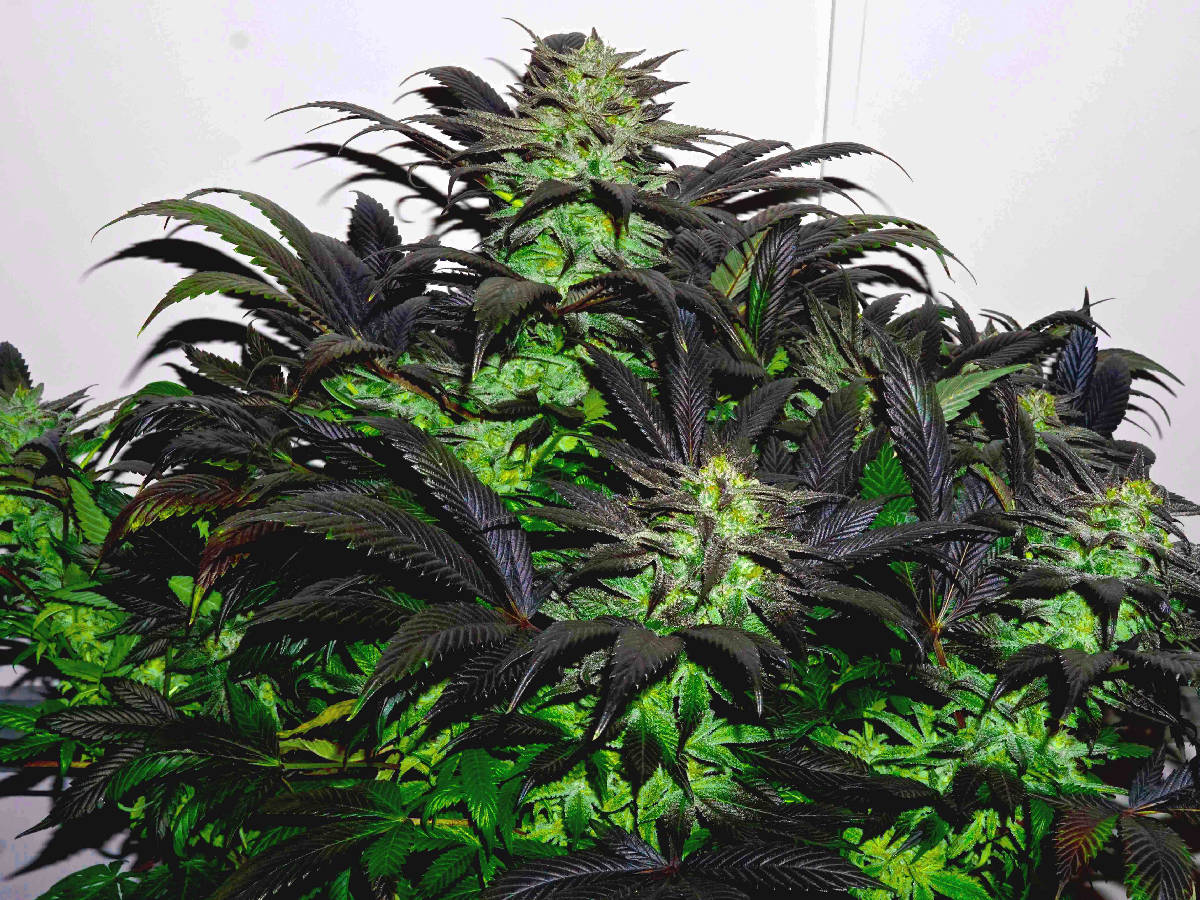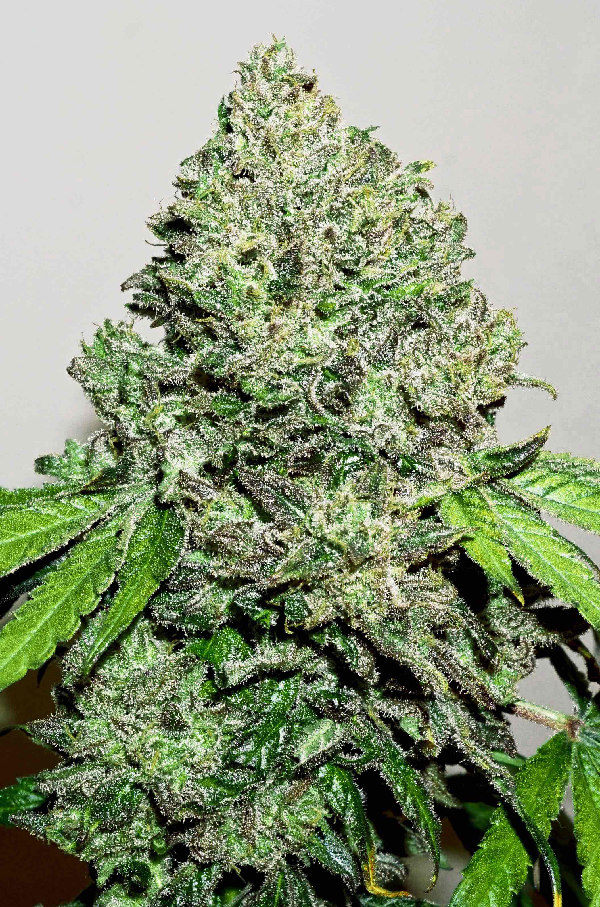MARIJUANA MOONSHINE - THE ORIGINAL MEDICINE
Marijuana moonshine - What it is
"The process of making a tincture can be compared to dissolving sugar in water. In a cannabis tincture, alcohol is substituted for the water, and ground cannabis is substituted for the sugar."
Few people know that tinctures - or alcohol extracts were the main form of medical cannabis in America before it was prohibited in 1937. Ironically, during alcohol prohibition, cannabis infused whiskey was legal, while whiskey alone was illegal. Come the end of prohibition in 1933, the alcohol enforcement division of the Fed had nothing to do. Marijuana prohibition worked nicely as a make work program for Federal law enforcement in combination with the competitors of hemp, syndicate of big oil, pulp & paper and cotton. Of course Hemp contains no usable quantity of THC, but it was nonetheless banned in what amounted to a witch hunt, straight up.
Cannabis tinctures are simply alcohol extracts of the herb. There are an assortment of recipes that use various kinds of alcohols and different types of weed. The beauty of tinctures is the dose can be fairly precisely calculated and they can be taken in several ways. Tinctures can be added to nearly any recipe to create any edible you want, they can be swallowed, or a few drops can be absorbed under the tongue in a process technically known as sublingual dosing. Tinctures can also be added to cosmetics, body rubs and soaps to deliver their medicinal cannabinoid ingredients transdermally - or through the skin.
In this twenty first century, tinctures on the street are sometimes referred to as marijuana moonshine. Really, by fluke this is an accurate statement, in the sense that moonshine or pure grain alcohol does make the most excellent cannabis tinctures. However, drinking shots of near 200 proof tinctures with a high concentration of THC is definitely something to avoid. The proper dosage of a concentrated cannabis tincture is measured in drops, not ounces. 10mg or 20 mg is a good dose, but cancer patients can take up to 1000 mg or more for three week therapeutic stints.
Interesting Fact: Overdowd is a slang term used in Colorado, meaning overdose of weed. A journalist named Maureen Dowd consumed several servings of a cannabis infused chocolate bar, despite being warned about the dangers. Despite making this common rookie mistake, A not half-baked but fully baked Dowd went on to report on the dangers of edibles and said, "I thought I died and the living were avoiding telling me about it." Thus Dowd was mockingly immortalized when the term "overdowd" was coined and widely adopted by a cruel public.

As a form of cannabis concentrate, tinctures are extremely good, as grain alcohol is a non-toxic substance (in quantities less than a few ounces) and it's one of the safest in terms of home preparation. While care must be taken in handling flammable ethanol, other extracting agents pose much greater risks of fire and explosion.
For example butane is a widely used solvent to make BHO (butane hash oil) and it also accounts for the majority of explosions and fires caused in drug manufacture. Small scale home manufacture of tinctures using your own legal home grow with grain alcohol is not on the sites of law enforcement, however, butane in concentrate manufacture without a license is definitely highly illegal.
MARIJUANA MOONSHINE
Making tinctures is much less dangerous, the chances of creating an explosion that will destroy your house are non-existent. We share three tried and true marijuana tincture manufacture methods and explain the basic chemistry involved.
THE CHEMISTRY OF TINCTURES
A tincture is a general term for alcoholic extract of a herb or plant component. The percentage of alcohol can vary from twenty to nearly one hundred percent. There are also many forms of infused varieties of alcohol, like wine where the alcohol content is twelve ish percent. Technically these infused beverages are not tinctures.
Grain alcohol or ethanol is historically the most common solvent because it is cheap, easy to make, is non-toxic, and is suitable in breaking down both the acidic and basic plant material components, which frees up and allows for the absorption of the medicinal ingredients. In the case of cannabis, the cannabinoids and terpenes are absorbed into the alcohol solution, given a little time or assistance with heat and stirring.
Glycerin and vinegar can be used as a substitute for alcohol, but they are not as effective in extraction of the cannabinoids and terpenes. Nonetheless, vinegar extractions of cannabis have unique medicinal properties that may be superior and preferred to alcohol tinctures in some cases. This is an area that has yet to be properly explored.
"The process of making a tincture can be compared to dissolving sugar in water. In a cannabis tincture, alcohol is substituted for the water, and ground cannabis is substituted for the sugar."
EASY TO DOSE

Tinctures are extremely easy to take. The does can be calculated precisely, provided the manufacturer put the concentration in mg on the label. Concentrates in tincture form are taken by eyedropper / syringe and placed under the tongue sublingually. This form of dosing allows the medicine to take effect in a few minutes. Epileptics seizures can stop in under a minute after taking a CBD tincture. CBD is the second most abundant non-psychoactive ingredient in most medicinal strains. Back in the day, a housewife suffering from cramps or migraine, would simply take an infused shot of whiskey once or twice a day.
SUBLINGUAL (UNDER TONGUE) TINCTURE DOSING
The advantage of sublingual administration is that the active ingredients are rapidly absorbed through the the sublingual artery under tongue. This sublingual artery links to the internal carotid artery which quickly reaches the brain.
Sublingual administration avoids interference from stomach acids and enzymes in the stomach which slows absorption and can inhibit some medicinal effects. The process of osmosis through the sublingual artery is ideal for patients suffering gastrointestinal difficulties such as ulcers, hyperactive gut, coeliac disease and other digestion issues make edibles consumption a challenge.
Cannabis smoking is not linked to cancer, however ex-cigarette smokers and other health conscious individuals simply don't want to consume via a vape or joint. Obviously, sublingual or oral use of tinctures is a very welcome alternative in the vast majority of cases.
Tinctures are also well received by seasoned stoners to deliver an effective recreational high in stealth (discrete); there is no smoke but there is fire!!
TINCTURES FOR CHILDREN
If you have a strain that is high in CBD but low in THC, then you can make a CBD tincture - which won't get you high. This kind of tincture is suitable for those with certain conditions, children and elderly who don't like to - or shouldn't - get stoned. CBD is the second most abundant cannabinoid found in most strains of marijuana. Specially bred strains can contain almost all CBD and little THC.
CBD strains and tinctures became popular, especially in the form of tinctures, some years ago when it was discovered that epileptic seizures were reduced in 85% of subjects. When nothing else worked in conditions like Crohn's or Epilepsy, CBD was there. CBD is also a very safe substance, far safer than literally every pharmaceutical used for these conditions. This is why the pharmaceutical companies have fought tooth and nail - via the Fed - to keep cannabis based medicines illegal.
The onset of euphoric effects of a tincture kick in a little bit slower than they smoking, but much faster than an edible from the same strain of weed. You’ll feel 2 to 3 drops under your tongue in about 15 minutes. This is why tinctures are superior to edibles - you can determine the right amount of cannabis that your unique endocannabinoid system requires optimally.
The scientific name for this “try-and-see” dosing practice is called titration, a term you've heard this term bandied around by those in the know. This process of trial and error in titration determines the right amount of cannabis that your unique endocannabinoid system requires in order to get optimal results.
TINCTURES FROM REC STRAINS
When administering canna-goodness drops, it’s important to remember NOT to swallow your tincture if you want optimal benefits of sublingual absorption. You can, however, swallow your tincture, or even add it to tea, juice or food for a still effective edible experience. What happens when you take cannabis internal is the delta-9-THC transforms into 11-Hydroxy-THC when it passes through the liver and depending on your metabolism, this can take up to two hours or more, which means it may take an hour or more to feel the effects. Also the effects of the THC liver metabolite are different, so it is wise to monitor the different effects, and see which route of administration gives you the better results. .
According to The National Organization for the Reform of Marijuana Laws (NORML), ingested 11-Hydroxy-THC effects can be 4 to 5 times stronger than inhaled Delta-9-THC (unmetabolized.
MEDICAL CANNABIS TINCTURES
You don't want to swallow or the tincture it will take much longer to be effective. Let the tincture solution dissolve under the tongue for about thirty seconds.
Remember that you are also consuming alcohol—but only a tiny amount—along with up to 60% THC. Tha packs a hefty punch so start slow with your tincture titration.

To get a feel for the potency of your medication, start at a low dose and gradually increase your dosage on a weekly bases. We suggest starting with 2 drops which might be 10 mg THC. After administration, wait at least an hour and a half before consuming another 2 drops. Record the effects and dose and continue to add drops until the effects are optima.
TINCTURES ARE NOT DIFFICULT TO MAKE
Tinctures are very economical way to buy, store and consume medical or even recreational cannabis. A bottle with about 100 drops of cannabis tincture should costs about $20 dollars. If you take 2 drops per dose, that is 50 doses per bottle. At 3 drops, the total doses goes down to 33. This means your cost is $0.40 to $0.60 per dose which is dirt cheap, if you get the effects you want.. In comparison, a run-of-the-mill joint costs between $3.50 and $5.00. Also, tinctures can be made at home and in large batches with simple cooking tools and equipment This makes tinctures the best option, in our opinion.
GLYCERIN BASED TINCTURES
You can make marijuana tinctures out of grain alcohol or glycerin, but high-proof alcohol like Everclear is the best and easiest to use. Tetrahydrocannabinol (THC), the active ingredient in nearly all cannabis medication, a non-psychoactive acid (THCA), that is until it is decarboxylated with heating (baking, flame, vape). The alcohol extraction process dissolves the THCA (acid), decarboxylates it into THC, and preserves the the material so that it won’t spoil at all The alcohol does these three of these things at once…all without heat.
We discussed the basic science in tinctures and saw how easy they are to use and manufacture. Here are some easy, do-it-yourself recipes for making delicious cannabis infused tinctures using three basic methods:
- Cold
- Warm
- Hot or Green Dragon
- Vodka Weed
THE COLD TINCTURE PREPARATION METHOD
The cold tincture method is the simplest way to make marijuana tinctures because there is no cooking involved. Basically, all you do is add your herb to a bottle of booze.
First, break your cannabis up into small pieces and place it in a glass mason jar. A nice amount is to add an ounce to a liter of high proof alcohol. You can add a few grams more or less if you wish. One thing to know is that moist bud does not make the best of tinctures, so use dry bud or dry it first.
The next step is to cover your bud with ethyl alcohol. Everclear grain alcohol is recommended. You should use approximately one gram of marijuana per one fluid ounce of ethyl alcohol. However, there lower amounts of bud for lower potency are not a big problem.
After you’ve mixed the ingredients in a jar, screw the lid on, shake it vigorously for a minute or two, then store the concoction in your freezer. The jar should stay there for up to 5 days. Don’t worry, the jar won’t break or shatter due to the expansion that occurs when liquids solidify. Alcohol has a much lower freezing point than water and will remain in the liquid state throughout this process.
Once or twice a day for those 5 days, take the jar out of the freezer and give it a good shake. Over time, you’ll see the plant matter start to dissolve.
After roughly five days of storage in the freezer and multiple shakes every day, you’ve reached the end of the process. Now just strain the tincture through a cheesecloth, metal tea strainer, or silk screen into a bowl. Dispose of the leftover solid plant material and pour the liquid tincture into a small dark dropper bottle or two. It really is that simple!

THE WARM TINCTURE PREPARATION METHOD
The warm method of making tinctures is identical to the cold method but you skip the freezer. Mix your bud and alcohol in a mason jar and then leave the mason jar filled with weed and alcohol in a cool, warm and dry place out of the sun for 30 to 60 days.
After curing for 30 to 60 days, strain the solid residue through the cheese cloth and and then dispense your tincture into dropper bottles. Yes, this method takes longer than either the cold method and the hot method, but it works as good or better and it's probably the most organic possible way to prepare a concentrate of any type. The saying ‘make your booze on the new moon ... hence the name moonshine ... might apply to tincture makers who believe in paranormal phenomena... strain on the full moon....hence the name moonshine.
With the warm method, you can start a batch a month in advance, so you don't run out.
And don't worry about spoiling, high proof alcohol does not go bad, at least within a few decades
MARIJUANA INFUSED BOOZE
THE HOT TINCTURE PREPARATION METHOD
For those who want it now. The Green Dragon method, is the quickest way to make a cannabis tincture. It does require some extra extra equipment and some cooking skills, but if you have half a brain, you won't light your brew on fire. The Green Dragon method is the brewing time is greatly reduced by heating. The extra equipment you need is a stove, a cooking pot and a cooking thermometer.
To begin, grind the dry cannabis bud or vegetation up finely using a coffee grinder or finely chop it up using a sharp knife, . Place ground weed on a cookie sheet and place in the oven at 325°F for 5 minutes or until it begins to start to smell of weed. Mix the baked bud with high proof alcohol in a mason jar.
Place the opened mason jar in a pan with an inch of water around the uncovered mason jar. Don't get any water into your tincture mix thought, that will spoil it. Bring the water to a boil but don't let the pan go dry and let the uncovered mixture of alcohol and bud simmer at about 165 deg. F for twenty minutes. It is a good idea to turn on the stove fan to remove alcohol fumes that could catch fire.
Let the mixture sit cool on its own and leave overnight ideally, but you can strain your tincture within a couple of hours and get still extract most of the goodies, the THC, CBD and other cannabinoids.
TINCTURES FROM CANNABIS BUTTER
Using bud, you can use a custom Magical Butter cannabis processor to make tinctures using the hot method. Simply place the weed and alcohol in the Magical Butter machine, push the tincture button, and your tincture is ready to strain with a Magical Butter custom filter bag in about four hours. This is a safe way to avoid fires and is ultra convenient..
Recipe: To activate the THC (decarboxylate), bake about 5 grams of quality bud at 220F for 45 minutes. Put 5 grams decarb-weed in a mason jar and add 500 ml of food grade glycerin, stir. Pour water in a crock pot 2 inches deep. Then place the mason jar with the weed and glycerin in the crockpot, but take care not to allow water into your mason jar tincture. Set heat at low and cook for 18-24 hours. Let cool for half an hour and then strain the tincture mixture through cheesecloth. Transfer to dropper bottles and you're done.
CALCULATING THE DOSE

Don't let the math boggle you. Calculating the amount of THC in your tincture is very easy to understand if you go about it the right way. Let's use really easy round numbers.
- Amount of alcohol = 1000 ml or 1 L - this is approximately 1 quart.
- Amount of weed = 1 ounce or about 28 grams. Let's use 10 grams to make the numbers easy.
- Say the amount of THC in the bud, say it is 20% THC.
- This means in 10 grams there is 2 grams THC, that is 20% of the weight, which is the same as 20,000 mg.
- When you extract that 20,000 mg into 1000 ml of alcohol, then each ml has 20 mg.
- So if you extract 30 grams instead of 20 grams of 20% THC weed, you get 30 mg per ml.
That's all there is to the calculation, except that the extraction can be about 80 to 90% efficient which means the concentration of THC in your tinctures will be a little lower that calculated above (lower by 10 or so percent).
420EVALUATIONSONLINE NOTES: Anyone that is taking marijuana to treat their conditions and symptoms should get a medical cannabis recommendation from a licensed doctor. The process can now be done cheaply and quickly, 100 % online. Medical cannabis patients save up to 80% per ounce on their cannabis purchases because they are exempt from much of the tax.
Also university students aged 18 to 21 can become legal with Cannabis ID to purchase cannabis from any dispensary in California. Medical patients are also allowed access to every strain and dispensary, cannabis club, and cooperative (if they join), where recreational users may not be allowed to access. Medical patients too can be given special discounts over recreational users.













































